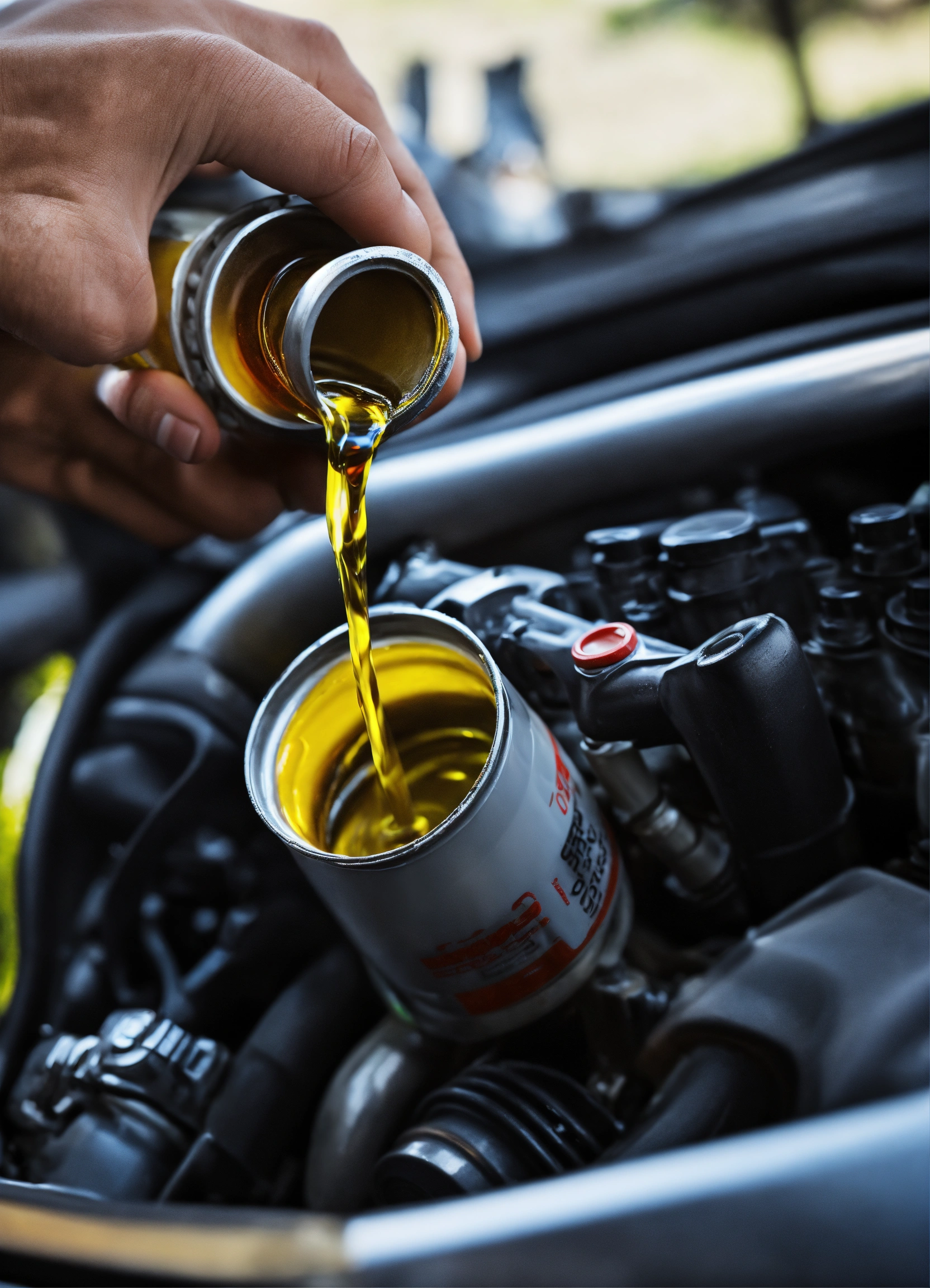Find out the ideal time to change the oil in your automatic transmission and ensure the proper functioning and longevity of your vehicle.
Vehicle maintenance is crucial to ensuring its longevity and optimum performance, and one of the least understood but equally important aspects is automatic transmission maintenance.
A common question among owners of automatic cars is about the need and frequency of changing the transmission oil.
In this article, we will clarify these questions and highlight the importance of transmission fluid for the health of your vehicle.
The importance of exchange fluid
Automatic transmission fluid performs several crucial functions, including lubricating moving parts, protecting against corrosion, cleaning internal components, and transferring hydraulic power to enable gear changes.
Over time, this fluid can degrade or become contaminated, which compromises its effectiveness and, consequently, the functioning of the gearbox.
Degradation can be accelerated by extreme driving conditions such as high temperatures, heavy load or frequent stop-and-go driving, leading to reduced viscosity and loss of protective and lubricating properties.
Therefore, it is essential to carry out maintenance and replace the automatic transmission fluid according to the vehicle manufacturer’s recommendations, thus ensuring the longevity and good performance of the transmission system.
When should I change the oil in my automatic transmission?
There is a common myth that automatic transmission oil is for “lifetime” and never needs to be replaced. Although this is true in some cases, it is essential to know that each manufacturer recommends changing it at specific intervals to ensure proper functioning and avoid future damage.
The recommended frequency can vary considerably depending on vehicle model, usage and driving conditions, but here are some general guidelines:
- Consult your owner’s manual: many manufacturers specify when the transmission oil should be changed, which can range from 40,000 to 100,000 km.
- Driving conditions: Vehicles frequently used in severe conditions, such as heavy traffic in high temperatures, may require more frequent changes.
- Regular checks: Even if your vehicle has not reached the mileage limit for a change, it is advisable to regularly check the condition of the transmission fluid. If it is dark or smells burnt, it may be time for a change.
How is the exchange made?
Changing the oil in an automatic transmission should be carried out by qualified professionals, as it involves not only replacing the old fluid, but also cleaning internal components and, in some cases, changing filters and seals.
A comprehensive service ensures that the transmission works efficiently and can significantly extend the vehicle’s service life.
Conclusion
Keeping your car’s automatic transmission fluids in the correct condition and changing them as recommended is essential for the health of your vehicle. Ignoring maintenance can lead to costly problems and reduced performance.
Remember, preventative maintenance is always more cost-effective than repairs due to neglect.
Consult your owner’s manual, pay attention to the condition of your vehicle, and when in doubt, seek out a qualified professional for advice and service.









